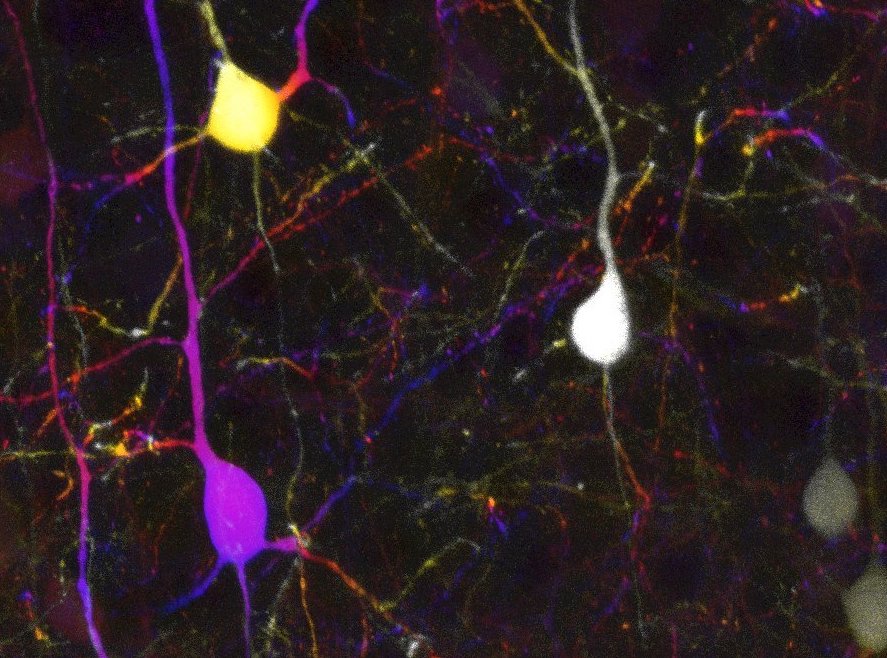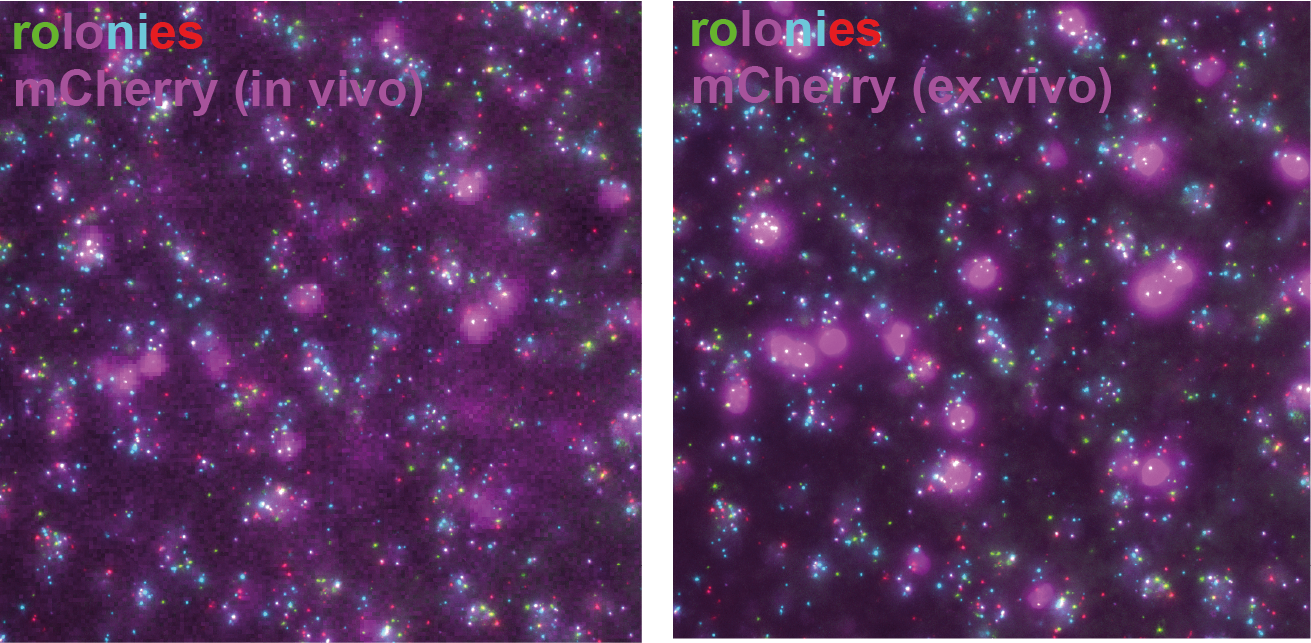Research
Molecular mechanisms of cortical wiring
 The neocortex contains a multitude of cell-types, which follow different rules in
selecting their inputs and outputs that ultimately define their role in the circuit.
We are interested in understanding how the gene expression programs of these cell
types help to establish these intricate connectivity rules.
The neocortex contains a multitude of cell-types, which follow different rules in
selecting their inputs and outputs that ultimately define their role in the circuit.
We are interested in understanding how the gene expression programs of these cell
types help to establish these intricate connectivity rules.
To answer this question we focus on excitatory projection neurons in primary visual cortex (V1), which convey information about the visual scene to other regions of the brain. V1 neurons projecting to different long-range targets receive different synaptic inputs and have distinct preferences for visual stimuli. We are aiming to understand how V1 neurons select where to send their projections and acquire their specialized response properties. To this end, we are developing new tools to manipulate gene expression and assay connectivity and functional properties of thousands of neurons in parallel.
Correlative in situ sequencing
To understand how gene expression patterns of single neurons relate to their functional properties in vivo, we combine multiphoton calcium imaging with in situ sequencing to record activity and detect transcripts in the same cells. Our goal is to use this approach to identify mechanisms, which constrain how individual neurons select their synaptic partners.

